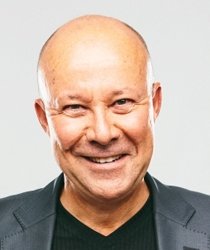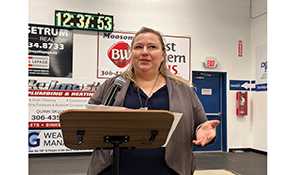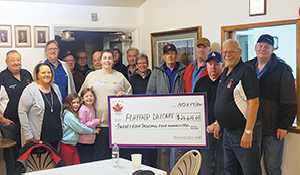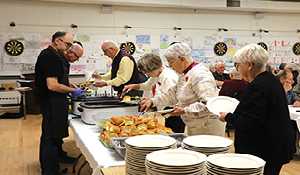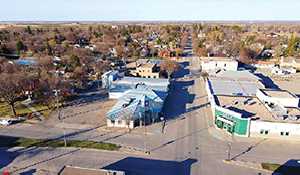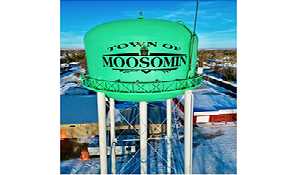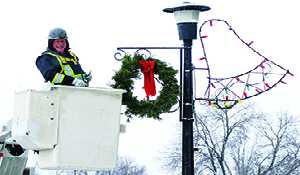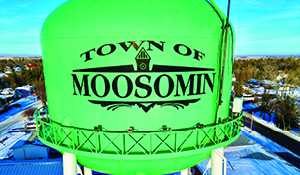History and political behavior in Sask Party leadership
October 2, 2017, 1:56 pm

With leadership races underway for the governing Saskatchewan Party and opposition NDP, there is political history and some voter behavior trends on the line.
Historically, people of a certain age do not remember the utter dominance of Saskatchewan politics by the NDP. Named the “New” Democratic Party in 1961 when the Cooperative Commonwealth Federation (CCF) merged with the Canadian Labour Congress, the NDP was the natural governing party of Saskatchewan for more than two generations, after its first election in 1944.
So dominant was this party that when the NDP did not govern Saskatchewan it was simply a question of how soon they would reclaim political power. And it generally did not take long.
From 1944 to 2007, there were only two brief interregna from the NDP—a seven-year Liberal government in the 1960s and, 20 years later, the Conservatives governed for nine years before the NDP swept back in.
The NDP was such a powerhouse that until 2007 every one of its leaders became premier.
Following the SaskParty’s 2007 victory, Brad Wall became the first non-NDP premier since Saskatchewan’s first premier Walter Scott in 1905 to win three consecutive elections.
Two of Wall’s three wins saw his party’s popular vote reach 64 percent and 62 percent, a feat never achieved before in Saskatchewan.
The SaskParty’s current leadership race, where a non-NDP party will choose a leader who automatically becomes premier, is long without precedent; the last time was over 80 years ago.
When Saskatchewan Liberal legend Jimmy Gardiner jumped ship to the federal Liberals, after being twice elected Premier, the governing provincial Liberals held a leadership race in 1935 and chose William Patterson as the new Liberal leader and premier.
The first Saskatchewan-born premier, Patterson saw our province through the worst of both the Great Depression and the Second World War, and was defeated in 1944 by Tommy Douglas in the CCF/NDP’s inaugural win.
Voter psychology and behaviour are also walking new ground in Saskatchewan. In the past two non-NDP governments, slipping support foretold the beginning of the end and there was no coming back.
As New Democrat proxies in big unions and academia cranked up the heat on Ross Thatcher, his Liberals lost in 1971. Grant Devine’s Tories were hounded at rallies and protests and finished in 1991.
But this time around, particularly with a tough austerity budget in the spring which has spurred hopeful New Dems and left-wing activists to feel a tide turning, there’s a palpable difference from earlier times.
While a sting has been felt from voters angry at certain budget decisions and the government is being hounded by land purchases allegations at the Global Transportation Hub (GTH), SaskParty core supporters and many members of the public are not running for the exits.
Polls this week show Brad Wall’s personal popularity on the upswing, and internal polls done by the political parties show a similar pattern to the 2007 election, with SaskParty support leading the NDP in every area of the province except Regina.
Mature and established parties, like the NDP itself, understand that public opinion naturally features highs and lows and that “this, too, shall pass”, as the transition through ebbing support hinges on government credibility, trust and voter confidence.
For the past decade, based largely on Wall’s personal appeal and considerable charm—not to discount a strong economy—the SaskParty’s core credibility has remained intact. On trust variables, it is higher than the NDP’s.
The test for SaskParty supporters and members is to choose the right person to continue much of the Wall legacy and to authentically respond to public concerns in a real and meaningful ways as well as delivering a balanced budget and good governance.
The mid to longer term goal is to develop a platform and vision for the next generation of the SaskParty to place before voters in the 2020 election.
